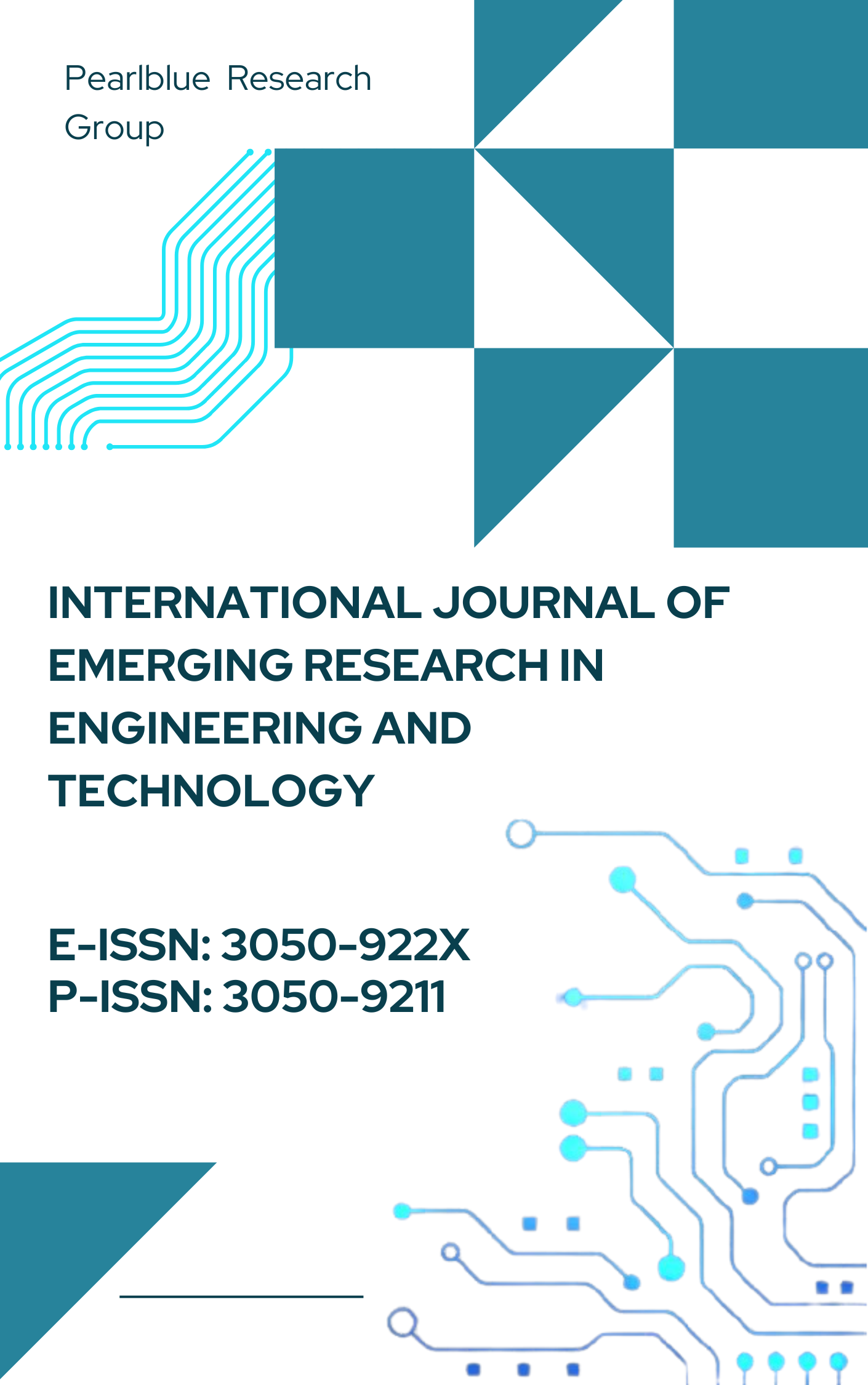Scalable, Secure Cloud Migration with Kubernetes for Financial Applications
DOI:
https://doi.org/10.63282/3050-922X.IJERET-V4I4P103Keywords:
Cloud Migration, Kubernetes, Financial Applications, Data Governance, Security, Compliance, Scalability, Container Orchestration, Financial Institutions, Cloud Security, Hybrid Cloud, Multi-Cloud Strategy, Data Protection, Downtime ReductionAbstract
Cloud migration has become essential for financial institutions aiming to enhance their scalability and agility in today’s fast-paced digital landscape. Yet, moving sensitive financial applications to the cloud presents unique challenges, as these institutions must meet strict security, compliance, and governance standards. Kubernetes, a powerful container orchestration tool, offers a promising solution by enabling a secure, scalable migration pathway tailored to the needs of financial services. This article delves into how Kubernetes can support financial institutions through every stage of cloud migration, from planning and execution to long-term operational management. By creating a secure and agile environment, Kubernetes can simplify migration processes, reduce downtime, and help maintain compliance; all while managing large-scale data workloads efficiently. It highlights financial organizations' specific challenges, such as handling sensitive customer data, meeting regulatory requirements, and avoiding service disruptions. We discuss strategies for managing data governance, optimizing resource utilization, and ensuring high-performance standards critical to finance. Security-first practices are a focal point, guiding readers on protecting data integrity and confidentiality throughout the migration process. The article also explores real-world use cases and technical insights into how Kubernetes’ capabilities, such as automated scaling, load balancing, and resource monitoring, enable financial institutions to overcome complex migration hurdles. Ultimately, this article serves as a roadmap for financial organizations looking to harness the power of Kubernetes to achieve secure, compliant, and efficient cloud migration. By adopting Kubernetes as part of their cloud strategy, financial institutions can modernize their infrastructure confidently, fostering innovation and ensuring resilience in an increasingly digital financial ecosystem
References
[1] Fazio, M., Bessis, N., & Villari, M. (2015). Advances in service-oriented and cloud computing. Preface of CLIoT, 58, 73-75.
[2] Machiraju, S., & Gaurav, S. (2015). Hardening azure applications (p. 208). Apress.
[3] Learn, W. Y. W. (2014). Linux containers: why they’re in your future and what has to happen first.
[4] Gholipour, N., Arianyan, E., & Buyya, R. (2012). Recent Advances in Energy-Efficient Resource Management Techniques in Cloud Computing Environments. New Frontiers in Cloud Computing and Internet of Things, 31-68.
[5] Autio, T. (2021). Securing a Kubernetes Cluster on Google Cloud Platform.
[6] Surantha, N., & Ivan, F. (2020). Secure kubernetes networking design based on zero trust model: A case study of financial service enterprise in indonesia. In Innovative Mobile and Internet Services in Ubiquitous Computing: Proceedings of the 13th International Conference on Innovative Mobile and Internet Services in Ubiquitous Computing (IMIS-2019) (pp. 348-361). Springer International Publishing.
[7] K. Patibandla and R. Daruvuri, "Reinforcement deep learning approach for multi-user task offloading in edge-cloud joint computing systems," International Journal of Research in Electronics and Computer Engineering, vol. 11, no. 3, pp. 47-58, 2023.
[8] Khan, M. (2020). Scalable invoice-based B2B payments with microservices.
[9] Huda, A. N., & Kusumawardani, S. S. (2022). Kubernetes Cluster Management for Cloud Computing Platform: A Systematic Literature Review. JUTI: Jurnal Ilmiah Teknologi Informasi, 20(2), 75-83.
[10] Brito, A., Fetzer, C., Köpsell, S., Pasin, M.,
[11] Felber, P., Fonseca, K., ... & Feher, M. (2018, December). Cloud challenge: Secure end-to- end processing of smart metering data. In 2018 IEEE/ACM International Conference on Utility and Cloud Computing Companion (UCC Companion) (pp. 36-42). IEEE.
[12] George, J. (2022). Optimizing hybrid and multi-cloud architectures for real-time data streaming and analytics: Strategies for scalability and integration. World Journal of Advanced Engineering Technology and Sciences, 7(1), 10-30574.
[13] Cicchiello, F. (2021). Analysis, modeling and implementation of cost models for a multi-cloud Kubernetes context (Doctoral dissertation, Politecnico di Torino).
[14] Tools, C. M. (2018, June). Check for Cloud Migration Tools: Overview and Comparison Awatef Balobaid and Debatosh Debnath Oakland University, Rochester Hills, MI 48307, USA. In Services–SERVICES 2018:
[15] 14th World Congress, Held as Part of the Services Conference Federation, SCF 2018, Seattle, WA, USA, June 25–30, 2018,
[16] Proceedings (Vol. 10975, p. 93). Springer.
[17] R. Daruvuri, “Dynamic load balancing in AI-enabled cloud infrastructures using reinforcement learning and algorithmic optimization,” World Journal of Advanced Research and Reviews, vol. 20, no. 1, pp. 1327–1335, Oct. 2023, doi: 10.30574/wjarr.2023.20.1.2045.
[18] Thakurratan, R. S. (2018). Google Cloud Platform Administration: Design highly available, scalable, and secure cloud solutions on GCP. Packt Publishing Ltd.
[19] Quint, P. C., & Kratzke, N. (2016). Overcome vendor lock-in by integrating already available container technologies towards transferability in cloud computing for smes. Cloud Computing, 50.
[20] Villari, M., Fazio, M., Dustdar, S., Rana, O., & Ranjan, R. (2016). Osmotic computing: A new paradigm for edge/cloud integration. IEEE Cloud Computing, 3(6), 76-83.



